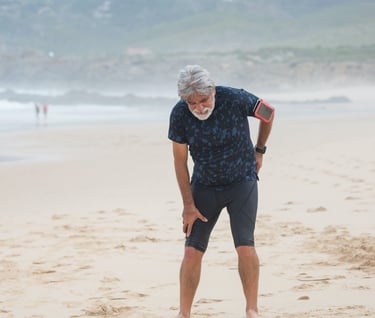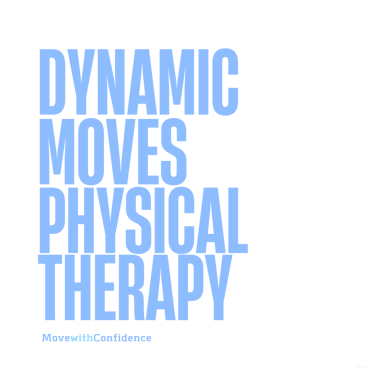Will physical therapy help spinal stenosis?
Physical therapy can help individuals with spinal stenosis by reducing pain and inflammation, improving mobility, and preventing future injury through exercise therapy, manual therapy, posture education, pain management techniques, and home exercise programs.


Spinal stenosis is a condition that occurs when the spaces within the spinal column narrow, causing pressure on the spinal cord and nerves. This can result in a range of symptoms, including pain, numbness, weakness, and difficulty walking. While there are many treatments available for spinal stenosis, physical therapy is a non-invasive and effective way to relieve symptoms and improve function.
How Physical Therapy Can Help with Spinal Stenosis
Physical therapy can help individuals with spinal stenosis by designing a treatment plan that is tailored to their specific needs and symptoms. Physical therapy can help reduce pain and inflammation, improve mobility, and prevent future injury.
Here are some ways physical therapy can help with spinal stenosis:
Exercise Therapy
Physical therapy exercises can help improve strength and flexibility, relieve pressure on the affected area, and improve mobility. Exercises may include stretches, range-of-motion exercises, and specific exercises to target the affected area.
Manual Therapy
Manual therapy techniques, such as massage, mobilization, and manipulation, can help relieve muscle tension and improve joint mobility. A physical therapist can use these techniques to help reduce pressure on the spinal cord and nerves and improve blood flow to the area.
Posture Education
Poor posture can contribute to spinal stenosis and aggravate symptoms. A physical therapist can provide education on proper posture and body mechanics to help reduce the pressure on the spinal cord and nerves and prevent future injury.
Pain Management Techniques
A physical therapist can use a range of pain management techniques, such as ice or heat therapy, electrical stimulation, or ultrasound, to help reduce pain and inflammation around the affected area.
Home Exercise Programs
Physical therapists can provide individuals with a home exercise program that is tailored to their specific needs and symptoms. This can help individuals continue their rehabilitation and maintain their progress outside of physical therapy sessions.
Conclusion
Spinal stenosis can be a painful and limiting condition, but physical therapy can help relieve symptoms and improve function. Physical therapists can design a personalized treatment plan that includes exercises, manual therapy, posture education, pain management techniques, and home exercise programs. If you are experiencing symptoms of spinal stenosis, talk to your healthcare provider about whether physical therapy may be a suitable treatment option for you. With the right treatment and rehabilitation, individuals with spinal stenosis can experience relief from their symptoms and improve their quality of life.
